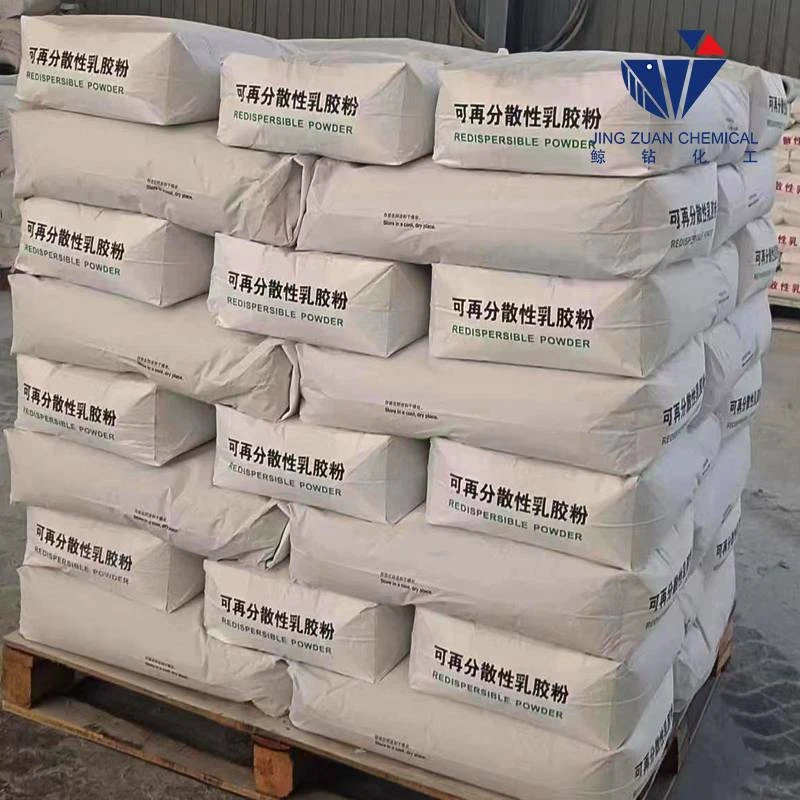
Nën . 08, 2024 17:29 Back to list
hydroxypropyl methyl cellulose ether
Hydroxypropyl Methyl Cellulose Ether A Versatile Polymer in Modern Applications
Hydroxypropyl Methyl Cellulose Ether (HPMC) is a non-ionic cellulose ether derived from natural cellulose
. It has gained prominence in various industries, including pharmaceuticals, construction, food, and cosmetics, owing to its exceptional properties and versatility. This article delves into the structure, properties, applications, and future prospects of HPMC.Chemical Structure and Properties
HPMC is synthesized through the chemical modification of cellulose. The process involves the substitution of hydroxyl groups in cellulose with hydroxypropyl and methyl groups. The result is a polymer that is soluble in water and forms a viscous solution at room temperature. The degree of substitution of methyl and hydroxypropyl groups can be tailored during production, influencing the polymer's characteristics, such as viscosity, solubility, and film-forming properties.
One of the key properties of HPMC is its viscosity, which can be adjusted by varying the concentration of the solution and the degree of substitution. HPMC solutions exhibit pseudoplasticity, meaning they become less viscous under shear stress—an essential characteristic for many applications. Additionally, HPMC is stable over a wide range of pH levels and temperatures, making it suitable for diverse environments and formulations.
Applications in Various Industries
1. Pharmaceuticals HPMC is widely used in drug formulation as a controlled-release agent and binder. Its ability to form gels makes it ideal for formulating sustained-release tablets, hydrophilic matrices, and encapsulation. This helps in achieving optimal drug delivery systems that improve therapeutic efficacy while minimizing side effects.
2. Construction In the construction industry, HPMC serves as an essential additive in cement and gypsum-based products. It enhances workability, improves water retention, and extends the open time of mortars and plasters. These properties ensure better adhesion, durability, and ease of application, which are crucial for both residential and commercial construction projects.
hydroxypropyl methyl cellulose ether

3. Food Industry HPMC acts as a thickening, stabilizing, and emulsifying agent in food products. It is commonly found in sauces, dressings, and baked goods to improve texture and prevent settling. Additionally, its non-toxic nature and ability to form clear solutions make it an attractive choice for food applications.
4. Cosmetics and Personal Care In cosmetics, HPMC is used as a thickener, film-former, and texture enhancer in products such as lotions, creams, and hair styling gels. Its moisturizing properties contribute to the formulation's effectiveness, providing a desirable aesthetic feel.
5. Agriculture HPMC is gaining traction in agricultural applications as a binder and coating agent for fertilizers and seeds. Its water-retention capacity helps in improving the efficiency of fertilizers, leading to better crop yields.
Future Prospects and Innovations
As industries constantly seek more effective and sustainable materials, HPMC stands out due to its renewable origin and eco-friendly profile. Research is ongoing to explore new applications and optimize its properties for specific uses. For instance, advancements in HPMC formulations are being developed to enhance its bioactivity in drug delivery systems and improve its performance in various environmental conditions.
Moreover, with the rise of green chemistry and sustainable practices, the potential for HPMC to replace synthetic polymers in certain applications is being actively investigated. This shift towards biodegradable and more environmentally friendly alternatives aligns well with current global trends, increasing HPMC's relevance across sectors.
Conclusion
Hydroxypropyl Methyl Cellulose Ether is a multifaceted polymer that plays a vital role in several industries, thanks to its unique properties and versatility. From pharmaceutical applications to construction materials, HPMC continues to adapt and evolve, meeting the demands of modern technology and sustainability. As research progresses and innovations unfold, the future of HPMC looks promising, solidifying its position as a crucial component in both traditional and emerging applications.
-
The Widespread Application of Redispersible Powder in Construction and Building Materials
NewsMay.16,2025
-
The Widespread Application of Hpmc in the Detergent Industry
NewsMay.16,2025
-
The Main Applications of Hydroxyethyl Cellulose in Paints and Coatings
NewsMay.16,2025
-
Mortar Bonding Agent: the Key to Enhancing the Adhesion Between New and Old Mortar Layers and Between Mortar and Different Substrates
NewsMay.16,2025
-
HPMC: Application as a thickener and excipient
NewsMay.16,2025
-
Hec Cellulose Cellulose: Multi functional dispersants and high-efficiency thickeners
NewsMay.16,2025







